The current crisis is challenging the European project. A few years ago we were speaking about security, then migration, Brexit and now the COVID-19 pandemic. These cascading crises are eroding trust and creating fertile soil for populism and disinformation. In 2021, in the context of the Conference on the Future of Europe, we want to better understand how the media and citizens are looking at Europe.
The objective of this publication is to assess and summarise the different definitions and conceptualisations of Euroscepticism and present their brief history. It also attempts to analyse the Hungarian and Romanian online media landscape and fragmentation, as well as the salience of the European issue in the most-read news portals of the two countries. Finally, the publication presents the results of an analysis of 600 articles mentioning the European Union, grouping them by topic and whether they mentioned the European Union in a positive, neutral or negative context.
The study found that the Romanian online news market is more fragmented than the Hungarian one when considering the 30 most-read portals. Furthermore, the European subject is covered more in the highest-read news portals in Hungary, although there is great variation from site to site. Romanian sites tend to have a more neutral approach and language, only reporting the news, whereas Hungarian sites feature more opinion and analysis columns. As a consequence, Hungary has a higher number of both positive and negative articles about the EU or its institutions, the number being considerably bigger in the case of the negative reports (27 in Hungary compared with only 5 in Romania). In terms of topics, health takes the first place by a wide margin in both countries in light of the pandemic and the planned green digital certificate and the distribution of articles by topic is similar apart from articles covering a political subject, which are more than 3 times more common in Hungarian portals.
Criza actuală aduce provocări proiectului european. Acum câțiva ani era vorba despre securitate, apoi despre migrație, Brexit și acum despre pandemia COVID-19. Aceste crize în cascadă erodează încrederea și creează un sol fertil pentru populism și dezinformare. În 2021, în contextul Conferinței privind Viitorul Europei, dorim să înțelegem mai bine modul în care mass-media și cetățenii privesc Europa.
Obiectivul acestei publicații este de a evalua și rezuma diferitele definiții și conceptualizări ale euroscepticismului și de a prezenta scurta lor istorie. De asemenea, încearcă să analizeze peisajul și fragmentarea presei online maghiare și românești, precum și evidențierea problemei europene în cele mai citite portaluri de știri din cele două țări. În cele din urmă, publicația prezintă rezultatele unei analize a 600 de articole menționând Uniunea Europeană, grupându-le pe subiecte și în funcție de modul în care au menționat Uniunea Europeană (context pozitiv, neutru sau negativ).
Studiul a constatat că piața de știri online din România este mai fragmentată decât cea maghiară atunci când se iau în considerare cele mai citite 30 de portaluri. Mai mult, subiectul european este tratat mai mult în cele mai citite portaluri de știri din Ungaria, deși există variații mari de la un site la altul. Site-urile românești tind să aibă o abordare și un limbaj mai neutru, raportând doar știrile, în timp ce site-urile maghiare prezintă mai multe coloane de opinie și analize. În consecință, Ungaria are un număr mai mare de articole atât pozitive, cât și negative despre UE sau instituțiile sale, numărul fiind considerabil mai mare în cazul rapoartelor negative (27 în Ungaria, comparativ cu doar 5 în România). În ceea ce privește subiectele, sănătatea ocupă primul loc cu o marjă largă în ambele țări în lumina pandemiei și a certificatului digital verde planificat, iar distribuția articolelor pe subiecte este similară în afară de articolele care acoperă un subiect politic, care sunt de trei ori mai frecvente în portalurile maghiare.
A jelenlegi válságok kihívást jelentenek az európai projekt számára. Néhány évvel ezelőtt a biztonságról beszéltünk, majd a migrációról, a Brexitről, jelenleg pedig a COVID19-pandémiáról. Ezek az özönvíz-szerű válságok rombolják a bizalmat és termékeny talajt teremtenek a populizmus és a dezinformáció számára. 2021-ben, az Európa jövőjéről szóló konferencia kontextusában szeretnénk jobban megérteni, hogy a tömegmédia és a polgárok hogyan tekintenek Európára.
A kiadvány célja az euroszkepticizmus különböző definícióinak és koncepcióinak felmérése és összefoglalása, valamint rövid történetük bemutatása. Ugyanakkor megpróbáljuk elemezni a magyar és a román online média helyzetét és tagoltságát, valamint az európai kérdés jelentőségét a két ország legolvasottabb hírportáljaiban. Végül a kiadvány 600 cikk elemzésének eredményeit mutatja be, melyek megemlítik az Európai Uniót, témájuk valamint az Európai Unióval szembeni pozitív, semleges vagy negatív hangvételük szerint.
A tanulmány megállapította, hogy a román online hírpiac tagoltabb, mint a magyar, ha 30 legolvasottabb portált vesszük figyelembe. Továbbá az európai témával többet foglalkoznak a legolvasottabb magyar hírportálok, bár oldalanként jelentős eltérések tapasztalhatóak. A román oldalak általában semlegesebb megközelítéssel és nyelvvel rendelkeznek, csak a híreket közlik, míg a magyar oldalak több vélemény- és elemzési rovatot tartalmaznak. Ennek következtében Magyarországon több pozitív és negatív cikk van az EU-ról vagy intézményeiről, a negatív jelentések esetében ez a szám jóval nagyobb (Magyarországon 27, míg Romániában csak 5). A témák tekintetében az egészség mindkét országban kiugró előnnyel tartózkodik az első helyen, tekintettel a pandémiára és a tervezett digitális zöld tanúsítványra. A cikkek témák szerinti megoszlása hasonló, a politikai témával foglalkozó cikkeken kívül, amelyek a magyar portálokon több mint háromszor gyakrabban fordultak elő.

